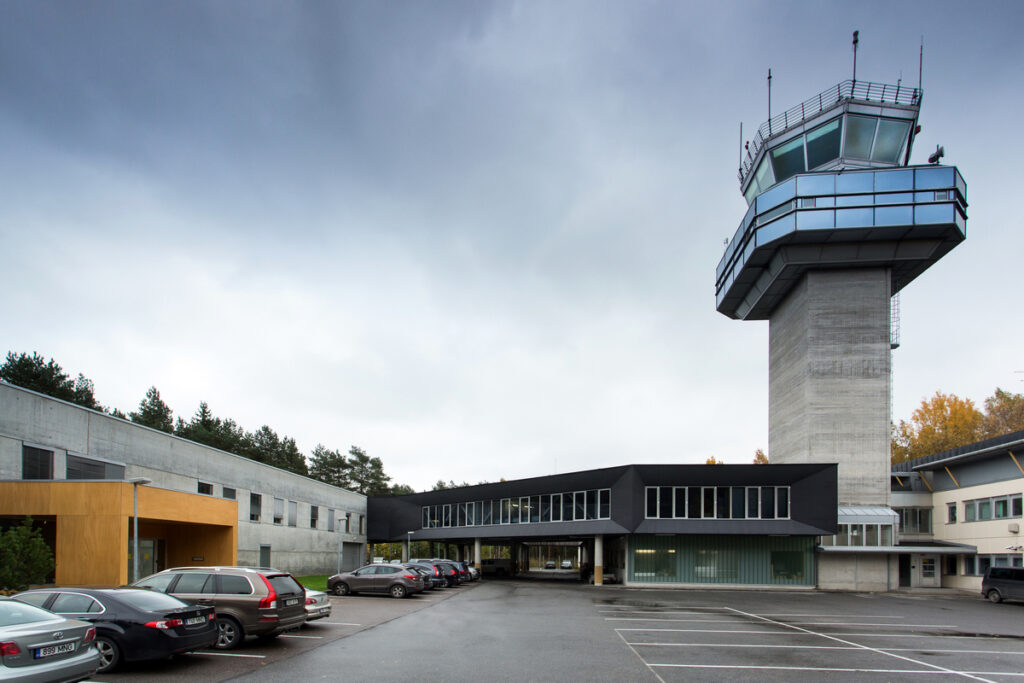The coronavirus crisis has also impacted the people and organisations who look after our safety in the air; without the support from national governments or the European Union, the air navigation service providers will be in trouble, writes Ivar Värk, the CEO of Estonian Air Navigation Services.
Due to the COVID-19 pandemic, air traffic has decreased significantly in our area of responsibility – the Estonian flight information region. At the deepest point of the crisis, traffic was down 85% compared with the previous year. Until the beginning of September, the recovery continued slowly but steadily, but was still down 57% compared with 2019.
Uncoordinated national measures kill the aviation economy
Traffic recovery is significantly hampered by impulsive and uncoordinated closures of national borders and destinations. This measure has had rather opposite effect as passengers are reaching destinations via transit, increasing the possibility of virus spread. Furthermore, people who are coming through safe countries tend not to report about their original departure country. At the same time, the probability to get infected – if wearing face mask – on aircraft has not been proven; the risk of infection in aircraft is less than 0.5%.
Such uncoordinated national measures have killed the way the aviation economy has worked so far. Not to mention, the passenger trust into the reliability of the air transportation itself is on its lowest. The current situation must be viewed as a new reality. We need to rearrange our strategic goals and make plans based on the fact that there will not be a recovery happening in the near future.

Difficult decisions in order to survive
At the beginning of the crisis, Estonian Air Navigation Services decided to suspend all investments. We reduced 25% of our expenses this year. In addition, we basically cancelled all company travel and training activities. We had to reduce the number of our staff, dismissing approximately 20% of employees, including 20% of air traffic controllers. The administrative side of the company is now completely home-office based.
Our IT has done a marvellous job by setting up all the possibilities that are required for cybersecure remote work. Operative workers were divided into permanent shift teams that prevented contact with each other and thanks to the reduced traffic loads we were able to create additional on-call shifts to avoid the risk of infection.
As the situation is challenging for many, we expanded possibilities for our employees to get professional support regards mental health. Our mission is to protect and assist our people as much as possible.

All these decisions and actions have been difficult and complex in many levels. So far, the Estonian government has not given us a helping hand, so to survive as a company, we decided to take the difficult economic situation created by the crisis as a new reality.
Thanks to a loan from the European Organisation for the Safety of Air Navigation, we can continue with the most important investments for the cross-border collaboration project FINEST – a bilateral cooperation programme between Estonian Air Navigation Services and its Finnish counterpart, ANS Finland. The aim of the collaboration is to consolidate the air traffic management of all Estonian airports into one centre and reduce the environmental impact by providing shorter routes to Estonia’s main airports.
Estonia is a small tech-savvy country – we are agile, focused on automatisation and digitalisation. It is a good place where to test what will work best in the new normality and that goes for the aviation sector as well as any other.
Quo vadis?
Still, the lack of investment capacity and unpredictable traffic situation is hampering our ability to emerge from this crisis as a stronger and a more effective company. As already mentioned, we have cut the number of staff, including the air traffic control officers. Based on the European Organisation for the Safety of Air Navigation forecast in September, the decision fits the new normality.

At the same time, air navigation service providers should invest into smart technologies, automation, SWIM-based (System Wide Information Management – a global air traffic management industry initiative to harmonise the exchange of aeronautical, weather and flight information for all airspace users) solutions and do it in a centralised and fast-paced manner.
Aviation as a whole has been hit hard and the air navigation service providers cannot manage with existing or borrowed funds; loans must be repaid and customers’ ability to pay higher nav charges will be hampered. The only way to do this is via national or the European Union-funded support measures. This should be done in a centralised, meaningful way and together. Otherwise the benefits of such activities will be small or non-existing and we cannot have small solutions in a big crisis.
In this regard, we would prefer to see the European Commission’s effort to be directed to future, not into counting how many and what measures some air navigation service providers took to survive – let this be the task of member states.
The opinions in this article are those of the author. Cover: An air traffic controller at the Tallinn Airport control tower. Photo by Vladislav Musakko.

